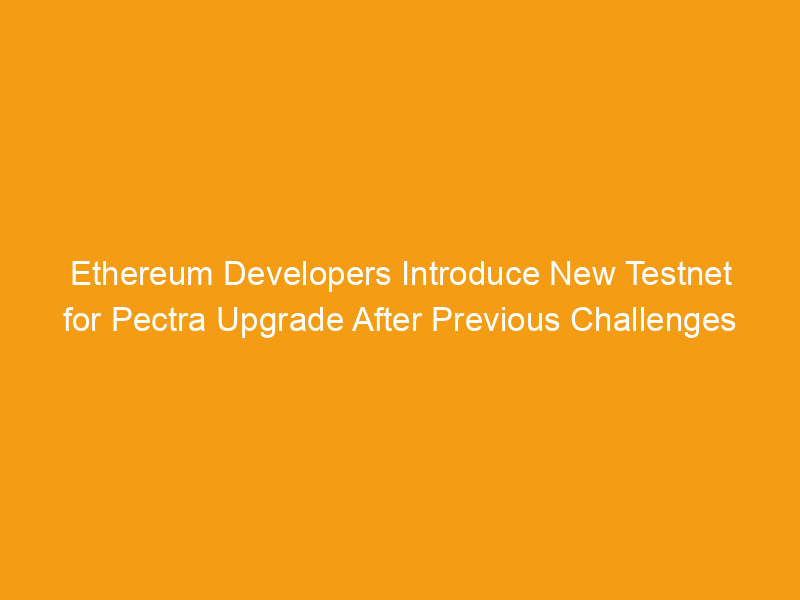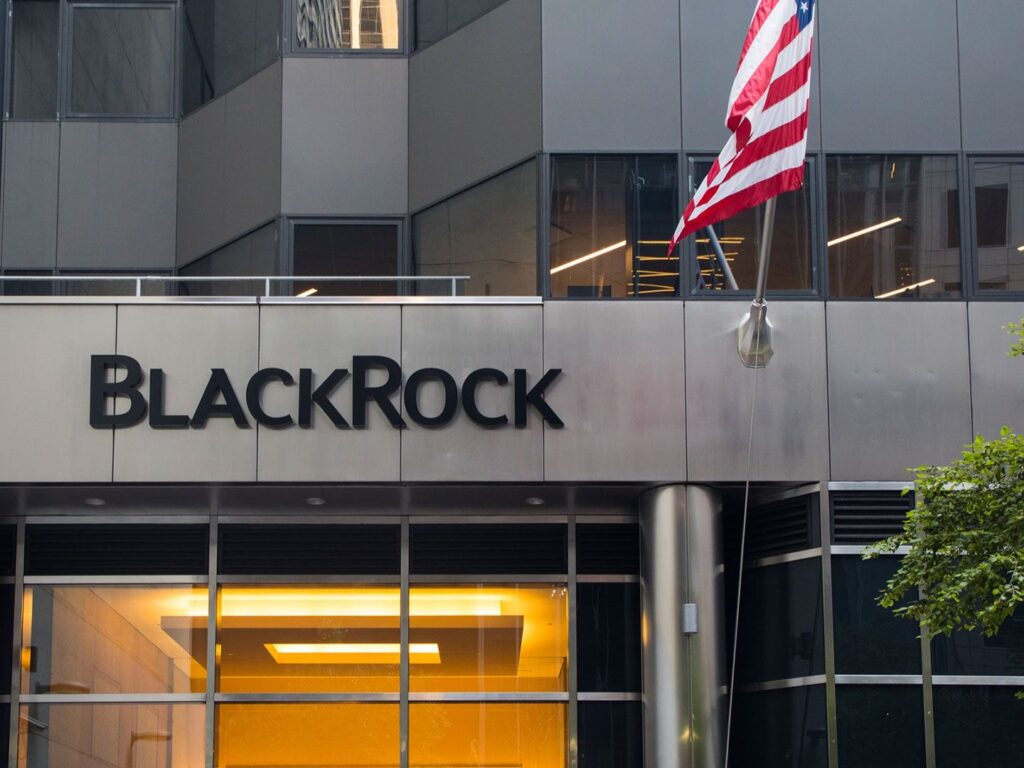Introduction to the Hooli Testnet
In light of two unsuccessful attempts to test Ethereum’s upcoming Pectra upgrade, the network’s core developers have announced the creation of a new testnet. This initiative aims to provide a final evaluation of the code update before its official rollout.
Announcement of Hooli
Tim Beiko, who leads the core developers at the Ethereum Foundation, shared the news on Thursday through a post on X. “A new testnet, Hooli, is set to go live on Monday to finalize Pectra testing,” he stated. The Pectra upgrade will undergo testing on the Hooli testnet on Wednesday, March 26. During this phase, the test chain will be upgraded to the latest version of Ethereum, assessing its performance and stability.
Key Features of the Pectra Upgrade
The Pectra upgrade introduces several code enhancements aimed at improving Ethereum’s speed, efficiency, and user experience for both end-users and developers. Among the most notable advancements is the integration of “smart contract” capabilities into user addresses. This feature enables wallets to be programmed with innovative functions, such as the ability to pay transaction fees using currencies other than ETH.
Timeline for Implementation
If the testing on the Hooli testnet proves successful, Beiko indicated that developers plan to launch the Pectra upgrade approximately 30 days later, contingent upon further testing results. Should everything proceed without complications, Ethereum users can anticipate the Pectra upgrade reaching the main network by late April or early May.
Background on Previous Testing Issues
The decision to implement the Hooli testnet follows complications encountered with the Pectra upgrade tests on Sepolia and Holesky, two of Ethereum’s primary test networks. In these instances, configuration errors hindered proper testing, with Holesky experiencing multiple weeks of downtime due to these issues.
Understanding Test Networks
Test networks such as Holesky, Sepolia, and the upcoming Hooli operate similarly to the main Ethereum network but are designed for free use and do not support real value transactions. Major upgrades like Pectra are typically trialed on these test networks before being deployed on the mainnet, as disruptions on the actual Ethereum network could incur significant costs.
Testing Focus and Goals
According to Beiko, Sepolia and Holesky are now successfully running Pectra, each serving distinct testing purposes. “If you need to test validator exits, be on the lookout for Hooli! Everything else can be tested on Sepolia & Holesky,” he emphasized in his post.
Conclusion: The Importance of Pectra
The technical setbacks associated with Pectra emerge during a challenging time for Ethereum, which is facing pressures from declining ETH prices, leadership changes at the Ethereum Foundation, and skepticism regarding its ability to maintain market dominance against newer blockchains like Solana. Industry experts consider the successful rollout of Pectra vital for restoring confidence in Ethereum’s technical roadmap and ensuring its competitiveness in the blockchain space.



